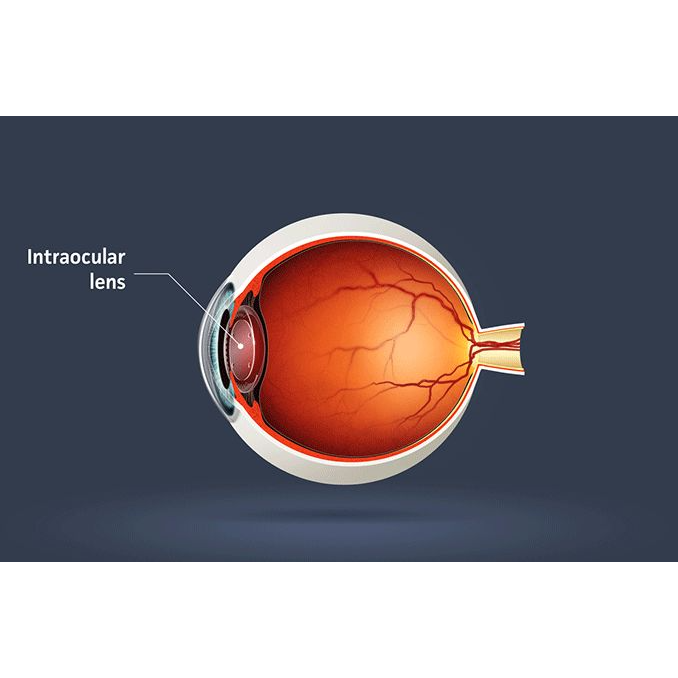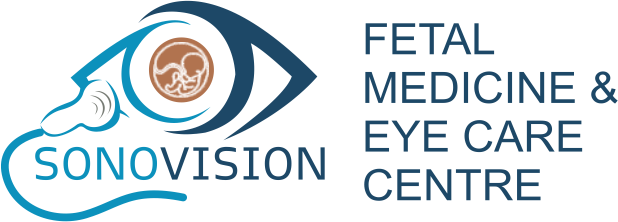IMPLANTATION OF ADVANCED INTRAOCULAR LENS
IMPLANTATION OF ADVANCED INTRAOCULAR LENS

An intraocular lens is implanted in the eye once your natural lens which has turned opaque due to the removal of cataract, to restore your vision to optimal. With advances in available technology for cataract surgery, the kind of intraocular lenses, called IOLs, have also undergone a revolutionary change.
Types of Premium IOLs
Premium IOLs are of three broad categories:
- Monofocal Lenses
Monofocal lenses, unlike the natural lens of the eye, can only restore vision for one distance, that is for distance, or for near. The power of the monofocal lenses is usually calculated so that the patient does not need glasses for distance vision. After having a monofocal lens implantation, you will need reading glasses or even bifocals which are glasses for both distance and near, depending on your preexisting refractive error (especially astigmatism).
- Multifocal Lenses
Multifocal IOLs are lenses which offer an acceptable restoration of vision for both near and distance. While choosing an IOL, it is important to remember that multifocal lenses provide you freedom from glasses for both near and distance, and can be customized to your active lifestyle. However, your doctor will discuss with you the apparent drawbacks of these lenses, namely glare, and a decrease in contrast sensitivity. In case you do not want to wear glasses for near or distance and do not want to go ahead with the added expense of a multifocal IOL, your doctor will discuss monovision with you.
- Toric Lenses
An eye can have two types of power, spherical power which is because of the natural lens within the eye and cylinder power which is because of the dissymmetry in the curve of the cornea. Monofocal and Multifocal Lenses can only correct the spherical component of the eye leaving behind the cylinder power which has to be later corrected by additional prescription glasses. Toric Lenses can correct both spherical and cylinder components of the eye. Toric lenses are recommended if you have a high pre-existing cylinder or astigmatism in your eye.
Which is the best IOL for you?
- In medicine, like life, there is no single best answer. Your doctor will discuss with you the potential benefits of each of these lenses, and help you select the one best suited for your lifestyle and visual needs, as well as your expectations from the cataract surgery.
- Lifestyle and priorities: In case you have a very active lifestyle that involves a lot of precise focusing outdoors, like golf, you may compromise your near vision but not your distance vision. If you travel a lot, you might prefer to not be dependent on glasses at all, preceding a bit of precision for both near and distance vision. On the other hand, if you enjoy sewing or embroidery, you will want perfect near vision.
- Pre-existing diseases: In case of certain eye diseases like advanced glaucoma, corneal disorders or age-related macular degeneration, you may not be a good candidate for specific lenses, like the multifocal lens. Your eye doctor will perform a comprehensive eye exam and discuss its results and implications with you, to help you choose the best possible lens for your eye.
Costs
These lenses are more expensive than traditional IOLs, adding an incremental value to the cost of cataract surgery.
